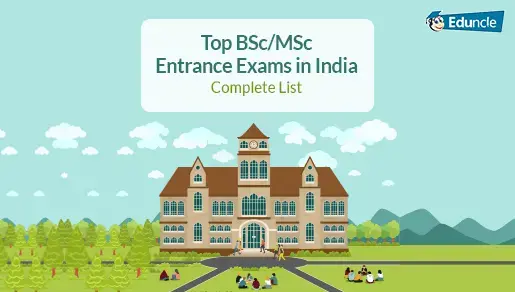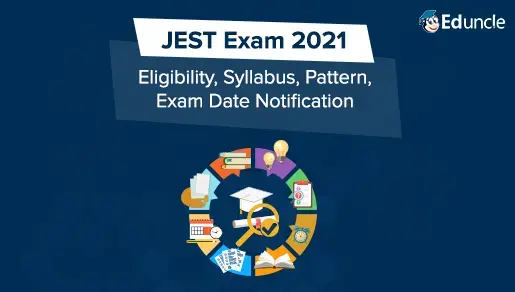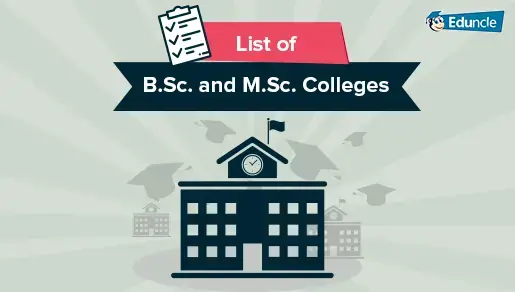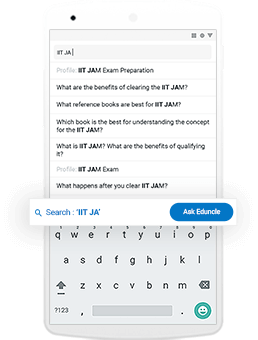
Ministry of Human Resource Development released a report on the All India Survey on Higher Education for the year 2018-19. This report provides the data on various indicators of Higher Education in India.
AISHE was initiated in 2011, during which data of the year 2010-11 was collected. This survey gives the complete idea of Higher Education in India; hence it is of utmost importance. All the major higher education stakeholders participated in this i.e., AICTE, UGC, MCI as well as State Government. It is conducted annually.
Here in this article, you will find the information of: -
Enrollment Statistics Based on the Survey
Purpose of the Survey
This survey intended to cover all the institutions in India engaged in Higher Education. The data collection in this survey was dependent on various factors like; teachers, students, enrollments, programs, examination results, education finance, infrastructure, etc.
Please find the list of UGC NET Higher Education Bodies in India.
The data collected from the survey helps in calculating the education development indicators. These indicators are Institution Density, Gross Enrollment Ratio, Pupil-Teacher Ratio, Gender Parity Index, etc.
It helps in making informed policy decisions and research for the development of the Higher Education Sector.
Key Results of the Survey
The institutes are divided into 3 categories: Universities, Colleges, and Stand-Alone Institutes.
Universities:
Universities are high-level education institutions that offer all types of degrees and provide research opportunities.
Below are the key findings of the survey about universities:
There are 993 universities in India which are listed on the AISHE web and 962 universities out these have responded in the survey.
Find the list of UGC Approved Universities Here.
298 universities have their colleges i.e., 298 colleges are affiliated to universities.
385 universities are privately managed and 394 are in rural area.
Out of total universities 16 are women universities present in various states of India like; 3 in Rajasthan, 2 in Tamil Nadu and 1 each in Andhra Pradesh, Assam, Bihar, Delhi, Haryana, Himachal Pradesh, Maharashtra, Uttarakhand, Karnataka, West Bengal and Odisha.
There are 110 dual-mode universities (offer education through distance mode as well), which the max 13 in Tamil Nadu alone.
There are 548 General, 142 Technical, 63 Agriculture & Allied, 58 Medical, 23 Law, 13 Sanskrit and 9 Language Universities and rest 106 Universities are of other Categories. Also find the list of universities are which are not approved by UGC & are categorized as Fake Universities.
College:
Colleges are the small institutions which offer Undergraduate courses and can be the part of universities.
Below are the key findings of the survey about colleges:
There are 39050 colleges listed on the AISHE web, out of which 38061 have responded in the survey. There are 39931 colleges listed on the AISHE web, out of which 38179 have responded in the survey.
The highest number of colleges in India are in Uttar Pradesh, Maharashtra, Karnataka, Rajasthan, Haryana, Tamil Nadu, Gujarat, and Madhya Pradesh.
Bangalore Urban district has 880 colleges followed by Jaipur with 566 colleges. Top 50 districts have about 32.2% of colleges.
College density varies from 7 in Bihar to 53 in Karnataka and Telangana as compared to All India Average 28.
60.53% Colleges - Rural Area.
11.04% Colleges - Exclusively for Women.
Ph.D. Program - Only 2.5% PhD Colleges
Post Graduate Level Programs - 34.9% Colleges
34.8% Colleges run only single program, out of which 83.1% are private. Out of these private colleges, 38.1% colleges run only B.Ed. Courses.
77.8% out of total colleges, are private; 64.3% private-unaided and 13.5% private-aided. Approx. 88% private-unaided colleges are in Andhra Pradesh & Telangana.
Tamil Nadu has 87% private-unaided colleges, whereas, Assam has 16.0%.
Less than 100 enrollments in 16.3% of the colleges and more than 3000 enrollments in only 4% of the colleges.
Stand-alone:
Stand-alone institutes are the institutes that do not receive any aid from the Govt and run on their own. In short, these institutions are not affiliated to any University but are recognized by various Councils or Ministries.
Below are the key findings of the survey about stand-alone:
There are 10725 Stand Alone Institutions listed on the AISHE web, out of which 9190 have responded during the survey.
Enrollment Statistics Based on the Survey
Total Enrollments in Higher Education as per the 2018-19 Survey:
1. 37.4 Million
2. 19.2 Million Male and 18.2 Million Female
3. Female - 48.6% of the Total Enrollments
Gross Enrollment Ratio (GER):
1. 26.3%, in Higher Education in India (for 18-23 years)
2. Male - 26.3% and Females - 26.4%
3. Scheduled Castes - 23% and Scheduled Tribes – 17.2%
4. Distance Enrollments – 10.62% of which 44.15% are female students
5. Undergraduate Program Enrollments – 79.8%
6. Ph.D. Enrollment – less than 0.5% (1,69,170)
Maximum numbers of students are enrolled in the B.A. Program followed by B.Sc. and B.Com. Programs.
10 programs out of approximately 187 covers 80.3% of the total students enrolled in Higher Education.
Undergraduate Level Enrollments:
1. Arts/Humanities/Social Sciences – 35.9% (highest)
2. Science – 16.5%
3. Engineering & Technology – 13.5%
4. Commerce – 14.1%
At the Ph.D. level, the maximum number of students are enrolled in the Science stream followed by Engineering and Technology.
At P. G. level, maximum students are enrolled in the Social Science stream followed by Management.
States with Highest Number of Enrollments (in descending order):
1. Uttar Pradesh
2. Maharashtra
3. Tamil Nadu
Caste Wise Enrollments:
1. Scheduled Casts students - 14.9%
2. Scheduled Tribes students - 5.5%
3. Other Backward Classes – 36.3%
4. Muslim Minority – 5.2%
5. Other Minority Communities - 2.3%
Foreign Students Enrollments:
1. Total Enrolled in Higher Education - 47,427.
2. 164 different countries.
3. Top 10 countries constitute 63.7% of the total foreign students enrolled.
4. Highest share of foreign students come from
a. Nepal – 26.88%
b. Afghanistan - 9.8%
c. Bangladesh - 4.38%
d. Sudan - 4.02%
e. Bhutan - 3.82%
f. Nigeria - 3.4%
Teachers Enrollments:
1. Total number - 14,16,299
2. Male - 57.8%
3. Female- 42.2%
4. At the All-India level, there are merely 73 female teachers per 100 male teachers
Read about the Revision in Pay Scale of Teachers and Professors Here!
Pupil-Teacher Ratio (PTR):
1. Universities and Colleges - 29 (Regular mode enrollment)
2. Universities and its Constituent Units - 18 (Regular mode enrollment)
Enrollments among Non-Teaching:
1. Group-C - 39.3% (highest)
2. Group-D - 28.3%
3. Group-A - 15.4%
4. Group-B - 17%
5. The average number of females per 100 male non-teaching staff is 49.
Share of Ph.D. student:
1. State Public University - 34.3% (highest)
2. Institute of National Importance - 21.6%
3. State Private University – 13.4%
4. Deemed University - Private - 21.6%
Degrees Awarded to the students in the year of 2018-19 according to the survey:
1. Ph.D. - 40,813 students (2018)
2. Males - 23,765
3. Females - 17,048
4. B.A.- 23.3 Lakh
5. B.Sc. - 11.6 Lakh
6. B.Com. – 9.6 Lakh
The above information is taken from MHRD Official Survey Report AISHE 2018-19.
We hope the above data gives the information you are looking. In case you have any questions regarding the same, you can write to us in the comment box below.
Our team is always there to help & guide you at every step towards your goal.
Thank you!!

















